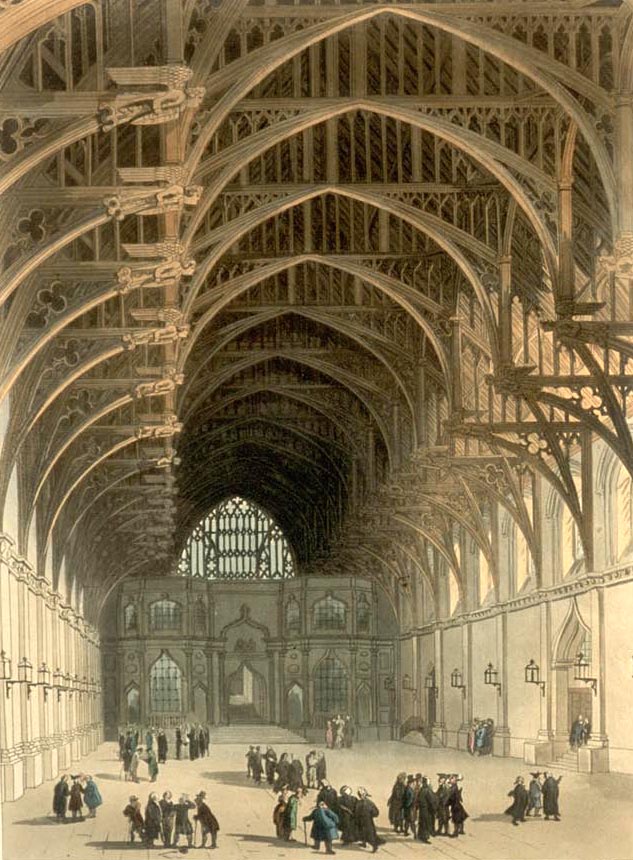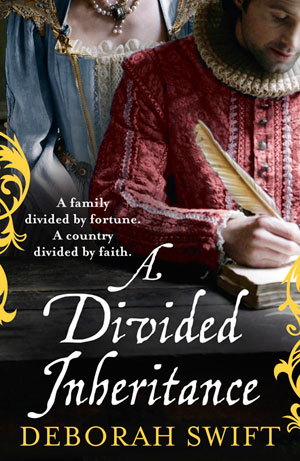 When writing a historical novel and portraying a whole world, it is tempting to use a prologue as an introduction to the period you want your reader to inhabit. A prologue seems an ideal place to do this – to explain who conquered whom, who is on the throne, what the political or religious milieu is for the story.
When writing a historical novel and portraying a whole world, it is tempting to use a prologue as an introduction to the period you want your reader to inhabit. A prologue seems an ideal place to do this – to explain who conquered whom, who is on the throne, what the political or religious milieu is for the story.
And in a way it is the ideal place. It means vital information is taken in whilst the palate is still clean and fresh, i.e. at the beginning. However, the sin is in allowing the information to be dull. Just because the prologue is set apart from the main story (its title tells us this) it does not mean it should have no story. If it feels like a history lesson and not a story, it can be cut. It must be so vital that the rest of the book makes no sense without it.
As such it is an ideal place to introduce meaningful scenes from the character’s past, or perhaps their future. And character is the key word – not the past of a whole civilization, or a whole society, but something so important to the main character that we simply must know it. Something that shapes the protagonist’s world view, or gives us an insight into how he functions in the historical world we are creating. The prologue is also a good place to put an important viewpoint character that we may not hear from again, perhaps until the epilogue. (more of that in another post!)
It should intrigue, be like a rocket launcher for the imagination.
What it should not be, is reams of backstory told in the passive voice. A real scene, with real tension, will be a much quicker way to draw in your reader. That’s not to say you shouldn’t use it to set a mood – to introduce the stinking, grimy streets of plague-ridden London, or the glittering falsity of the Palace of Versailles, or the lofty ideals of Westminster Hall. (see picture above!) But something should also be happening, even if the story event is complete within the ‘Prologue’ itself.
Try reading these two excellent prologues by Sarah Dunant and Michael Arnold to see what I mean. See just how much they achieve in terms of theme, atmosphere and story. Click the covers to take you to ‘Look Inside’ on Amazon. (Clue: The prologue is near the beginning.)
I do sometimes have prologues in my books but avoid using the actual word, in case readers think it isn’t important and skip it!
The prologue to A Divided inheritance was originally titled ‘Zero’, (ie the events before Chapter 1) until my editor suggested I just have a date and location. You can read it if you click on the book.



